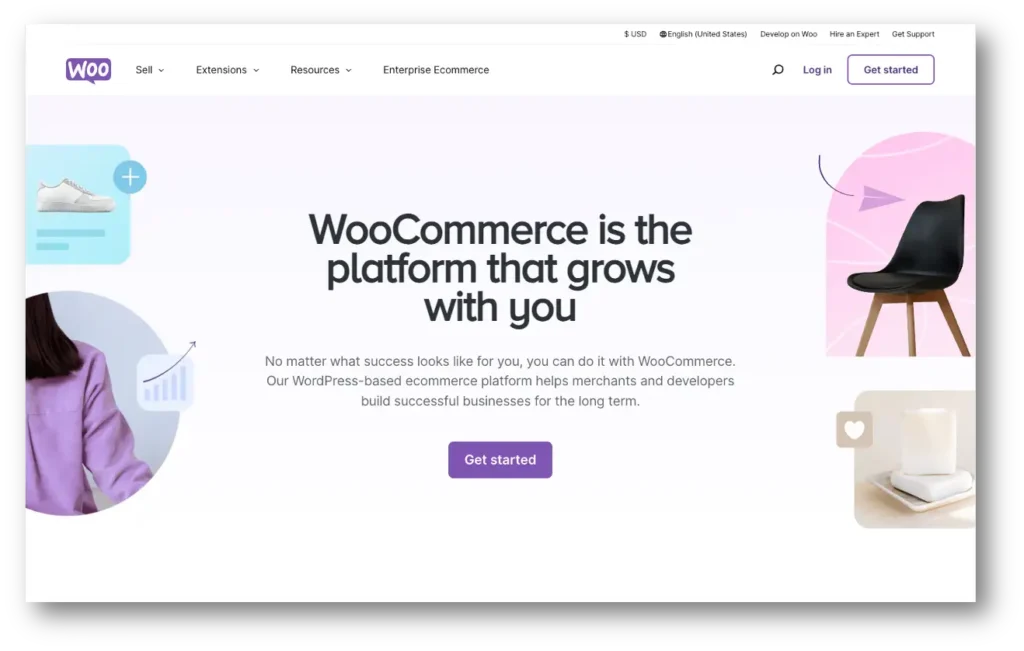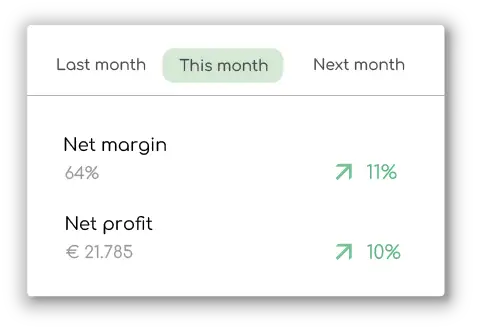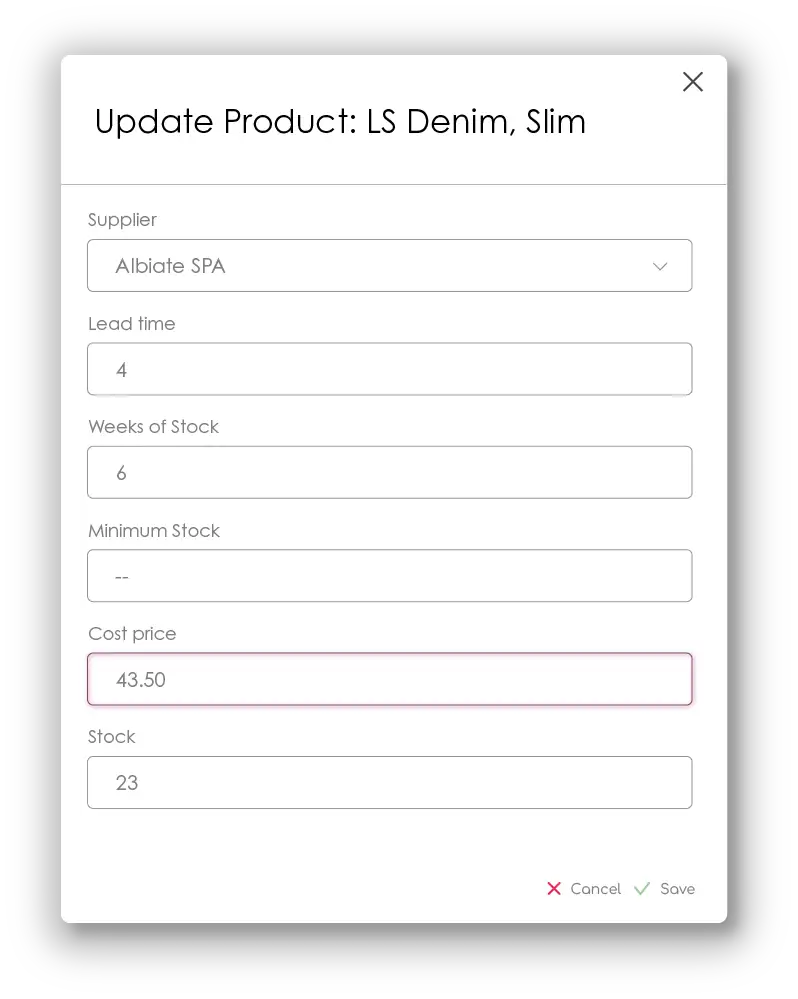

WooCommerce Inventory Management Explained
WooCommerce stock manager allows basic inventory management. Discover how to have full control of your inventory with Shelf PlannerAs per the 1st of June, Shelf Planner partnered with WooCommerce and is now offering the first fully integrated Inventory Management for WooCommerce extension on the WooCommerce Marketplace.
If you use a different platform, have a look at our other integrations.
Running an online business can be challenging. And it isn’t made any easier by the fact that there are tons of e-commerce platforms available for you to choose from.
One of the most apreciated options is WooCommerce, with a whopping 35% of the market share among online stores.
But how does WooCommerce inventory management hold up for scaling businesses?
WooCommerce inventory management is sufficient for many small businesses but may lack features for growing businesses with more complex inventory.
This article will explore in detail WooCommerce stock management, its shortcomings, and solutions.
If you’re a seasoned WooCommerce user, feel free to skip straight to limitations to find out what you’re missing.
Table of Contents
WooCommerce - a market leader.
WooCommerce is a free and open-source e-commerce WordPress plugin that lets businesses sell online. The fact that the plugin is open source lets companies use modifications to customize their site, giving businesses more control over how they sell their products online.
Best of all, WooCommerce isn’t just limited to physical products, you can also sell software, services, and digital goods.
WooCommerce inventory management doesn’t have a limit on the number of products and images you can have on your site.
Essentially, WooCommerce aids e-commerce companies in getting more control over their store, design, and scalability.
WooCommerce allows you to set up your preferred payment gateways, both online and offline, and shipping specifications, such as the weight and dimensions of the units you sell.
Finally, advanced features let you automate taxes. This means WooCommerce inventory will automatically calculate the associated taxes on a product when a customer makes a purchase. Great for those trading internationally.
How WooCommerce Stock management works
There is a built-in system that lets you manage and track your inventory, but first, you need to enable it. To do that, tick the Enable stock management box by navigating to Inventory settings under the Products tab.
If you do not select this feature, you can only see the stock status in the Product data inventory box.
If you decide not to use WooCommerce inventory management to automatically track changes, you’ll be responsible for updating the status of your stock.
As you can already see, WooCommerce inventory management isn’t the most in-depth system and can only track your finished products. This is going to be an issue for businesses that also need a system to track raw material inventory.
But before we get into the limitations and solutions for WooCommerce inventory management, we’ll quickly investigate how to get your inventory set up.
How to set up WooCommerce inventory
Managing WooCommerce inventory is straightforward if you’re just handling finished products.
You simply select WooCommerce (once you have it installed on your WordPress), and you can start your inventory management process.
Firstly, adding products will fall into one of four categories:
- Simple product
- Variable product
- Grouped product
- External/Affiliate product
We’ll discuss each one, but the main two you’ll be using most are simple products and variable products.
Simple products
You would select this when you’re selling a product that isn’t sold in any other WooCommerce inventory variations.
For example, if you run a cosmetics store and you sell a mascara in only one colour. You’ll just need your product information and marketing materials to upload the product individually as a simple item.
Variable products
This is where you make a type of product that comes in different WooCommerce inventory variations. For example, you finally realize that selling that salsa dress in only one size and color isn’t the best business strategy, so you decide to up your game and include different versions.
Using the variable product function saves you from having to enter each product variant separately.
External / Affiliate products
This option is for products that you’re taking a commission on by displaying on your site. But why would you do this? Well, perhaps you support artists by helping them learn how to make woolen shirts, but instead of selling them yourself, you take a commission on what the artist sells.
By making an affiliate product, it’ll open the point of sales externally to where the artist sells that product.
Grouped products
And the last option is for any business that practices inventory bundling in their business. If you sell products in a bundle, you can display them on your website by using the grouped products feature.
However, it should be mentioned that if you group items, customers will also have the choice to purchase items individually. So, if several items of clothing are grouped together to make an outfit, a customer is able to pick and choose what they like from that outfit.
Additional features
Let’s go over some additional features WooCommerce offers to manage your inventory.
Low stock tresholds
While setting up your products, or after you have finished, you can go ahead and set your reorder points (on the WooCommerce inventory management system, it’s referred to as a Low product threshold.
This lets the WooCommerce inventory management plugin send you a notification when stock is running low.
During this stage, you can set the product’s stock levels and SKUs to help you navigate your WooCommerce inventory.
Upselling & Cross Selling
Upsell and cross-sell features allow you to suggest additional items to purchase. This means that WooCommerce inventory management offers linked products to customers when shopping on your site.
- Upsells — Will appear on a product page as a recommendation, such as “Others have purchased these items along with this product.”
- Cross-sells — Products will be suggested to the customer when they’re in the cart
If you sell different versions of the same item, you can save WooCommerce inventory variations to make it easier in the future when adding more product variables.
Under Products, go to attributes to save your WooCommerce inventory variations. For example, if your products come in different colors, you can save these WooCommerce inventory variations as:
- Name: Colour
- Slug: Colour
Once you have done that, go to Terms on the right side of the screen, select Configure terms, and then save the colours which are commonly used.
Now, when setting up your products in the future, you can simply select the new variations you have created and save a ton of time creating new products.
That’s pretty much it in terms of getting started on WooCommerce inventory management.
You’ve probably already noticed there are some downsides to using WooCommerce.
But to its credit, it’s quick, easy, and gives you a lot of control over your business for free… Well, in principle.
So, let’s look at the obstacles businesses have to overcome if they decide to rough it out in WooCommerce inventory management.
Limitations with WooCommerce Inventory Management
So, below we’ll pick out some of the limitations we have seen with stores using WooCommerce.
Let’s go over the issues and limitations businesses should take into consideration when deciding to continue or get started with WooCommerce inventory management.
1. No support for multi-location inventory
WooCommerce offers an impressive array of features, and the fact that it’s free makes it highly appealing. However, when it comes to managing inventory, relying solely on WooCommerce can be time-consuming. Without incorporating a third-party app, keeping up with the dynamic nature of your stock in WooCommerce becomes a labor-intensive task.
That doesn’t mean WooCommerce is unusable, you should just be aware of some of the features it lacks to adjust accordingly.
You still need to find a solution to other areas that aren’t supported by WooCommerce or any other e-commerce platform, like:
- Managing your bills of material
- Prepare and place purchase orders
- Track profitability & margins
So, if inefficient Excel spreadsheets are out of the question, what other programs can possibly help you with all this?
2. Not ideal for large assortments
As your business begins to grow, WooCommerce inventory management begins to strain under pressure.
Sure, you can add finished products to the system, but raw material management and production planning are going to be handled elsewhere, usually in Excel.
Unfortunately, the issue is spreadsheets are notoriously prone to mistakes.
3. No support for multi-location inventory
Shelf Planner, the best inventory management plugin for WooCommerce, has got you covered with real-time inventory updates, multilocation support, production forecasting, supplier management, and much more.
Shelf Planner, the best inventory management plugin for WooCommerce, has got you covered with real-time inventory updates, multilocation support, production forecasting, supplier management, and much more.
4. Only allows individual product updates
For whatever reason, be it a change in design, product information or perhaps pricing, you need to change details regarding your products.
Unfortunately, with the current WooCommerce inventory management, you can’t update products in bulk, so you need to go through each item individually every time you need to make an adjustment.
Optimise your inventory with Shelf Planner
Shelf Planner is a cloud based forecasting platform that comes equipped with all the features you need to not only manage your inventory easier, but also understand your customer demand better.
Let’s go over some of the features in more detail.
1. Don't manage your inventory, optimise it!
WooCommerce is a free and open-source e-commerce WordPress plugin that lets businesses sell online. The fact that the plugin is open source lets companies use modifications to customize their site, giving businesses more control over how they sell their products online.
Best of all, WooCommerce isn’t just limited to physical products, you can also sell software, services, and digital goods.
WooCommerce inventory management doesn’t have a limit on the number of products and images you can have on your site.
Essentially, WooCommerce aids e-commerce companies in getting more control over their store, design, and scalability.
WooCommerce allows you to set up your preferred payment gateways, both online and offline, and shipping specifications, such as the weight and dimensions of the units you sell.
Finally, advanced features let you automate taxes. This means WooCommerce inventory will automatically calculate the associated taxes on a product when a customer makes a purchase. Great for those trading internationally.
2. Manage products in one place
Improve your inventory management by seamlessly integrating Shelf Planner with WooCommerce. With this integration, you gain a clearer understanding of your stock levels in real time.
Experience the convenience of Shelf Planner’s real-time demand forecast planner, which provides your with live order recommendations for all your products.
This functionality provides instant insights into whether you need to place new orders to complete ongoing production efficiently.
- Manage all your product information in one place
- Update and sync stock information for all locations
- Track incoming stock
- Optimise stock levels and reduce overstock situations
- Reduce stock-outs and lost sales
3. Add supplier information
Stay on top of your suppliers and track your deliveries effortlessly with a visual and user-friendly platform.
Designed for ease of use, it provides a clear overview of your ordering process.
Using the intuitive RAG (red, amber, green) system, you can quickly assess the status of each place order by supplier.
The color-coded indicators allow for easy identification of progress, ensuring you have a comprehensive overview of your entire production at a glance. Keep your projects running smoothly with this straightforward visual tracking system in place.
- Create purchase order directly from the app.
- Track, update and manage the order status for each supplier
- Get alerts to place PO's on time
- Improve your inventory plan buy ordering the right depth and width
- Communicate with your suppliers directly and save valuable time
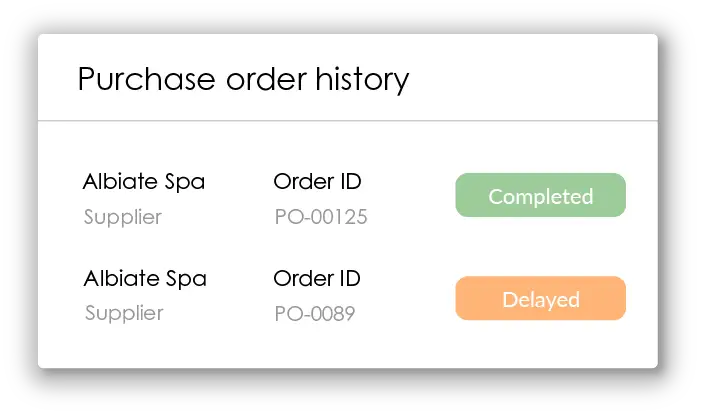
WooCommerce allows you to set up your preferred payment gateways, both online and offline, and shipping specifications, such as the weight and dimensions of the units you sell.
Finally, advanced features let you automate taxes. This means WooCommerce inventory will automatically calculate the associated taxes on a product when a customer makes a purchase. Great for those trading internationally.
4. Integrate with other business tools
And lastly, Shelf Planner understands the importance of seamless integration with other essential business tools.
By integrating with popular software and services, Katana expands its capabilities and enhances overall efficiency. Here are some key integrations offered:
ecommerce platforms
Integrate Shelf Planner with e-commerce platforms like WooCommerce, Shopify, or BigCommerce, ensuring synchronisation of inventory data across your sales channels. This enables accurate stock management and prevents overselling.
ACcounting software
Streamline your financial processes by connecting Shelf Planner with accounting software such as QuickBooks Online or Fortnox.
This integration simplifies invoicing and financial reporting and ensures accurate cost calculations.
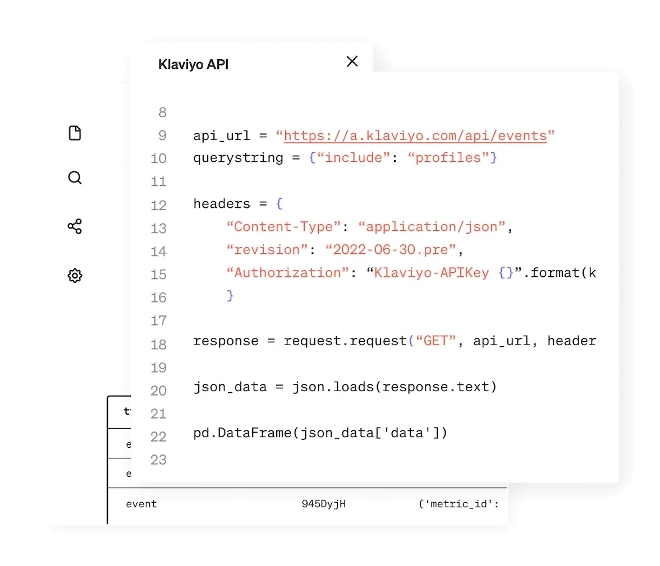
Marketing tools
Integrate Katana with CRM platforms like Klaviyo or MailChimp to understand the impact of campaigsn and events and be better prepared to serve your customers.



